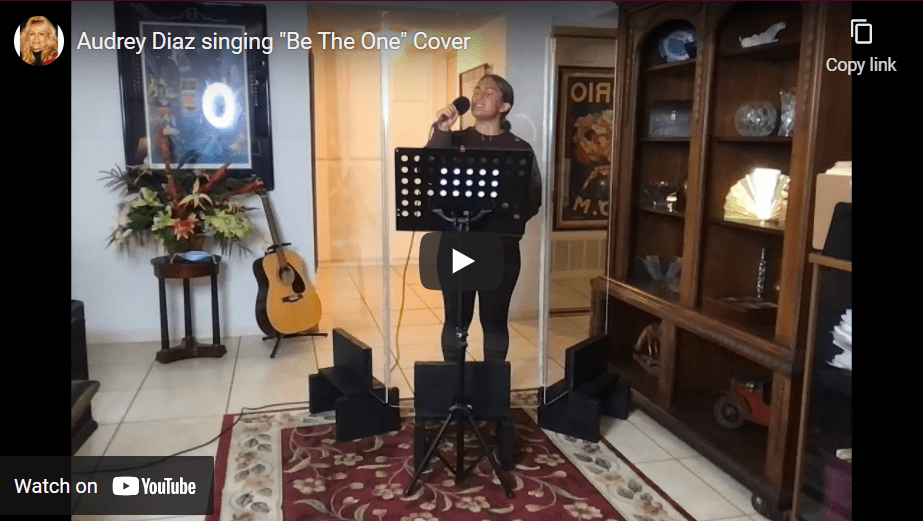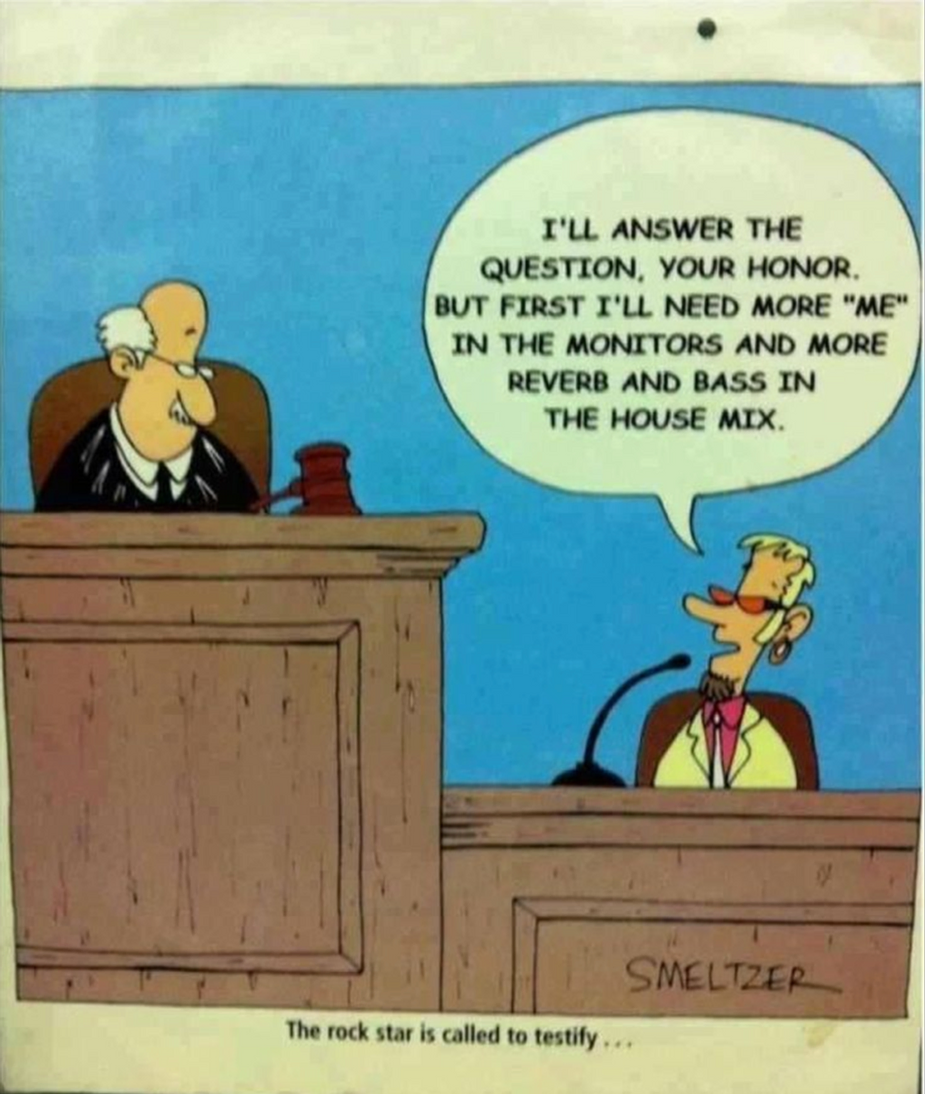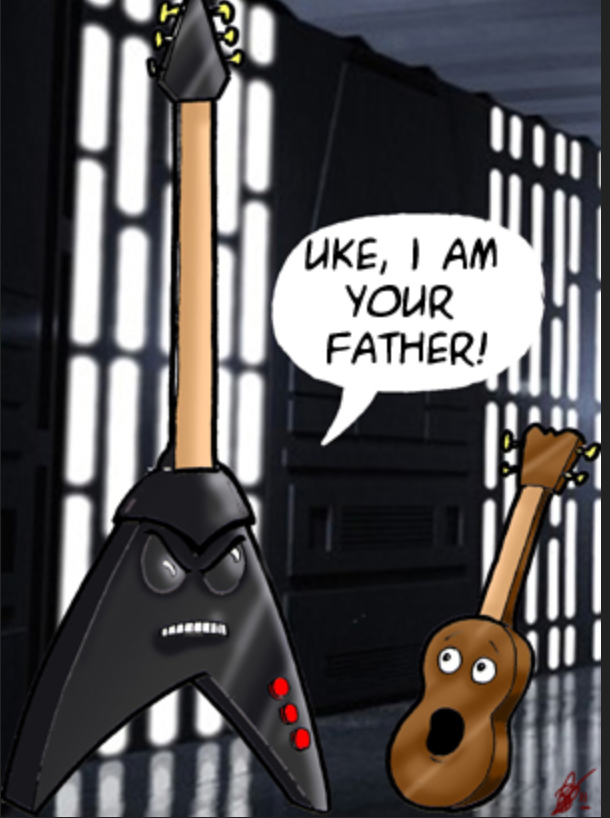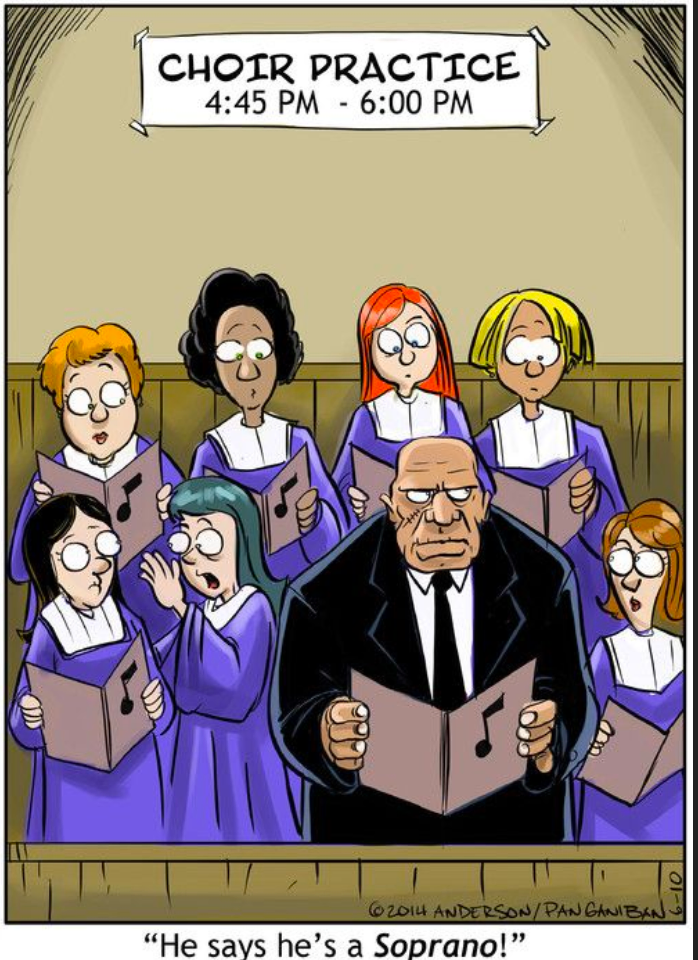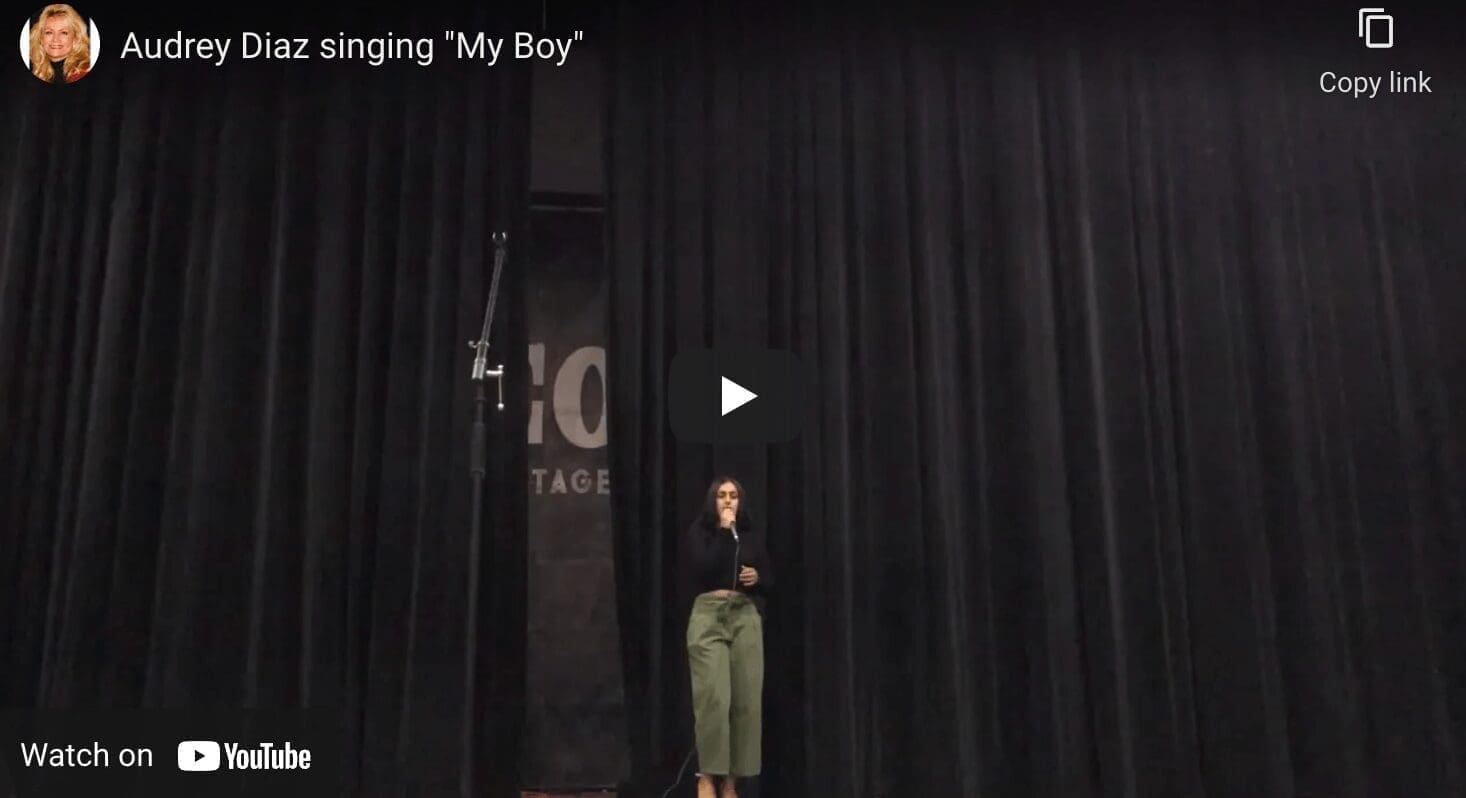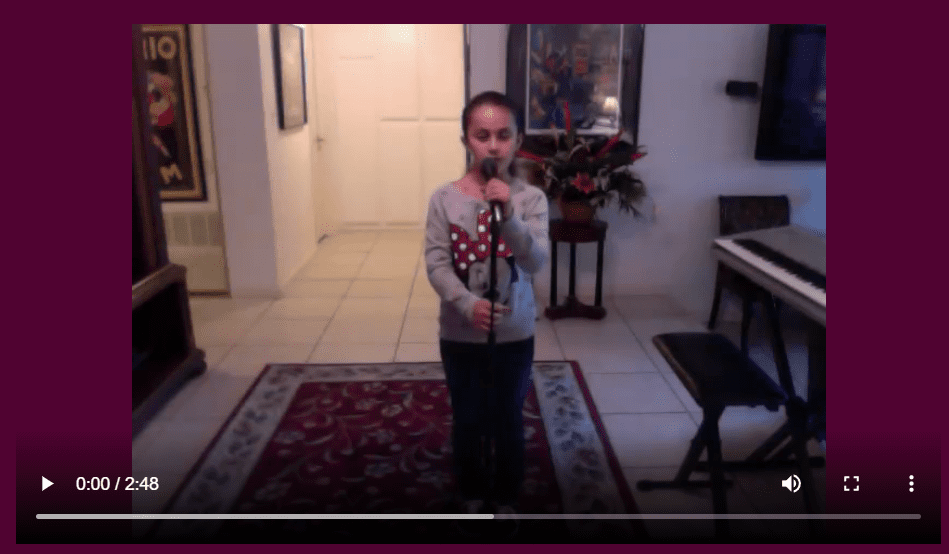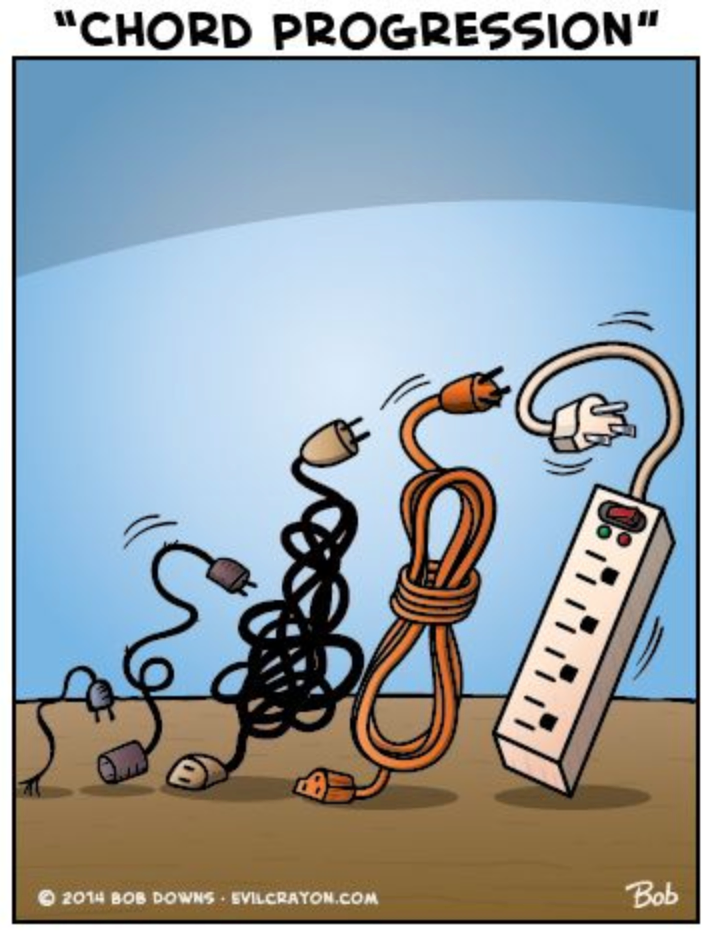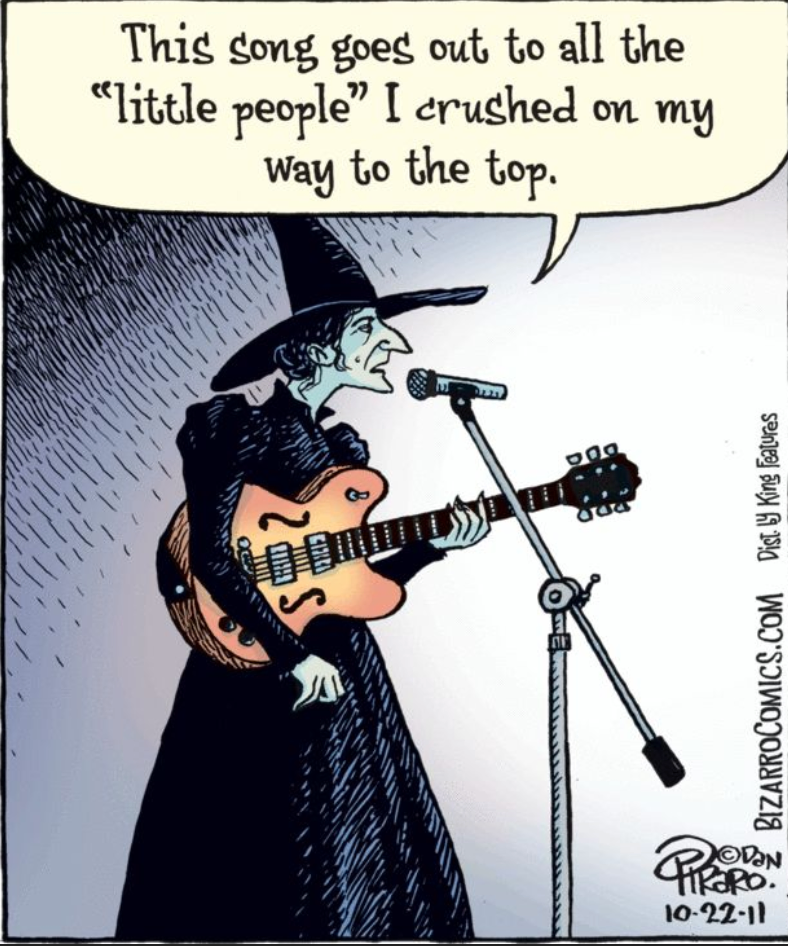Explore the Michelle Ostrove Blog
The vocal onset is how you approach a note when you sing. It’s described as the way you start singing a note. It’s about the breath and vocal cords (folds) come together at the start of a note. One of the first things I tell a singer as they begin a song, is to capture the audience’s attention with the first word(s) that you sing. Don’t start on a limp, wishy washy note. Start on a solid, strong (diaphragm and…
Read MoreRhythm is the most essential element in a song. You can mix together any sounds you want, but without a rhythmic backbone to the sound there is no music. A rhythmic musical instrument is used to provide a strong beat to a piece of music. The bass guitarist (John Entwistle) in “The Who” would play bass guitar as a lead guitar, which gave the band a unique and different sound. There are 5 types of Rhythmic Patterns in music and…
Read MoreThere are two very Important qualities the best singers, pianists (musicians) possess; these qualities are interrelated. What is the difference between a good singer or pianist and a great one? It’s never giving up, pushing through and perfecting the challenges in a song. The first quality is an excellent work ethic. Every singer and musician have encounter challenges in most songs. What separates the best from the rest is that they persevere through the challenge and they don’t give up.…
Read MoreThe voice box is also called the larynx which controls your breathing, swallowing and singing. The voice box is a tube-shaped organ in the neck. The voice box (larynx) controls and actually houses the vocal folds (cords). The larynx houses the vocal cords and that is why it is called the voice vox. When you sing, you want the air to flow freely through the voice box and not be restricted by muscles trying to close the airway. When you…
Read MoreIt’s important to develop the skill of matching individual notes with your voice. It takes time and practice to learn how to listen to yourself and make sure you are on the notes. If you’ve heard the expression “you are pitchy” that means you are not singing on the note, you could be under the note (flat) or above the note (sharp). Most people think that they have a terrible singing voice, but most likely it’s not the voice that…
Read More1. An Artist has a distinct and recognizable sound. This has to do with their own unique vocal style and sound. A Singer molds his voice emulate another singer. 2. An Artist creates his or her own musical style, a sub-genre of his own. A Singer copies other artists and particular genres exactly as the Artist sang the song. 4. An Artist creates a brand that must be marketed and sold. He has a vision of what needs to be…
Read MoreDo you want to work on creating your own sound when you sing? Many singers use inflections (sometimes called intonation) when they sing. Inflections give your voice a more distinctly different sound. It is related to a change in pitch or tone; the rise and fall of a singer’s pitch. Adding infections into your singing adds variety and it is used to emphasize what you are singing. If you spoke in the same monotone voice, at one pitch, your audience…
Read MoreIt is important for singers and pianist (musicians) to understand music in general. Music theory helps you to understand timing, understand rhythm and logically understand the makeup of song. You need to know how to understand the language your band members are speaking. Understanding music theory will help you play any instrument. It is the study of music, examining all of the components that are used in writing a piece of music. It is the compilation of methods and concepts…
Read MoreNervous when singing can cause a noticeable change in your voice tone. A shaky voice will convey nervousness which can be a big issue. A nervous vocal sound when you are singing or speaking in public will disappoint the audience. Conveying nervousness in your voice tone or body language can reduce your chances of success in anything that you do. It’s important to convey confidence when you sing. Try to concentrating on positive thoughts, not messing up, your goal is…
Read MoreIt doesn’t matter if you are a beginner or if you’ve been singing and playing piano (any instrument) for years; it’s always about your mindset and desire for continuous learning. You might have great musical abilities, but the most successful people in the industry know there is always room for improvement. Every great singer or pianist has a desire to master their craft. In the beginning you are like a sponge wanting to understand and learn everything you can. But…
Read More